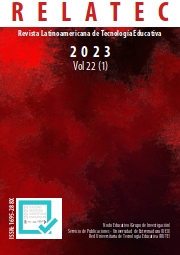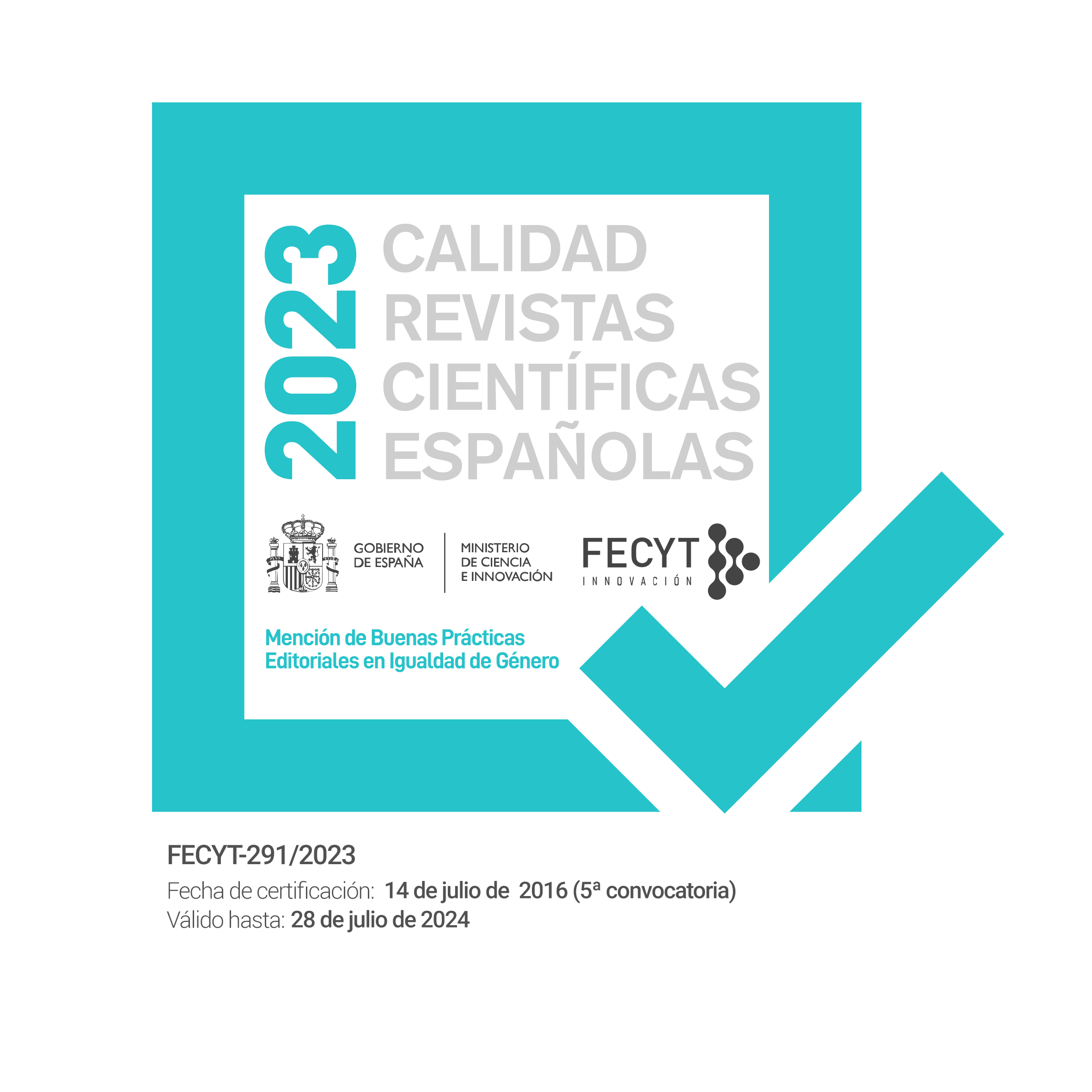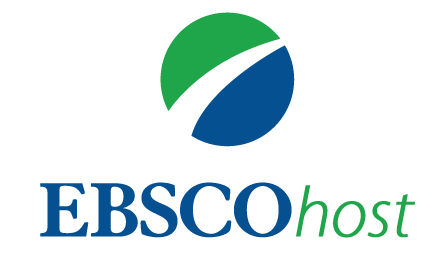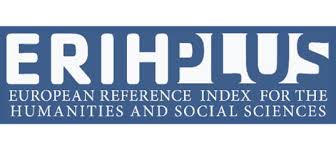Applying PBL methodology and flipped learning to laboratory course for Mechanical Engineers
DOI:
https://doi.org/10.17398/1695-288X.22.1.191Keywords:
Inductive learning, Problem-based learning, Flipped classroom, Mechanical design, CompetencesAbstract
Elasticity and Strength of Materials is an elementary discipline across many engineering degrees. Students perceive it as very difficult and abstract and students’ active participation in the learning process is needed, due to its complexity and importance during the whole degree years. Hence, the main difficulty in teaching them is maintaining students' motivation and keeping their participation in the learning process. This is the reason to use new tools, such as problem-based learning (PBL) and flipped classroom, to help students understand and study the subject. In this work, we present the application of a problem-based learning to the lab in the Mechanical engineering degree, in of one the most time-consuming and difficult subjects of its program. Moreover, to enhance students’ enthusiasm and motivation, these sessions included an innovative manufacturing technology, 3D printing, and digital image correlation (DIC). Before each practical session, the students are encouraged to watch an online video with the fundamental aspects. In order to assess the success of this laboratory course, after finishing the lab sessions, the students answered a non-formal quantitative survey. The results showed that the proposed project-based learning had the ability to help integrating the knowledge and improve the skills included in the main competences. Although these results are encouraging, there are still parts of the lab activity that should be improve in order to make the activity less time consuming and the most difficult part being easier for the students.
References
Akçayır, G., & Akçayır, M. (2018). The flipped classroom: A review of its advantages and challenges. Computers & Education, 126, 334–345. https://doi.org/10.1016/j.compedu.2018.07.021
Ballesteros, M. A., Daza, M.A., Valdés, J.P., Ratkovich, N. & Reyes L.H. (2019). Applying PBL methodologies to the chemical engineering courses: Unit operations and modeling and simulation, using a joint course project. Education for Chemical Engineers, 27, 35-42. https://doi.org/10.1016/j.ece.2019.01.005
Blaber, J., Adair, B., Antoniou, A. (2015). Ncorr: open-source 2D digital image correlation Matlab software. Experimental Mechanics, 55, 1105-1122. https://doi.org/10.1007/s11340-015-0009-1
Bell, S. (2010). Project-based learning for the 21st century: skills for the future, The Clearing House: A Journal of Educational Strategies, Issues and Ideas, 83 (2), 39-43. https://doi.org/10.1080/00098650903505415
Biggs, J., Tang, C. & Kirby, J. (2011). Teaching for Quality Learning at University.
The Society for Research into Higher Education. McGraw Hill.
Brohn, D.M., (1992). A now paradigm for Structural Engineering. The structural engineer, 70(13), 239- 242.
Blumenfeld, P.C., Soloway, E., Marx, R.W., Krajcik, J.S., Guzdial, M., Palincsar, A. (1991). Motivating project-based learning: sustaining the doing, supporting the learning. Educational Psychologist. 26, 369–398. https://doi.org/10.1080/00461520.1991.9653139
Chi M.T.H. & Wylie R. (2014). The ICAP framework: linking cognitive engagement to active learning outcomes. Educational Psychologist., 49, 219-243. http://dx.doi.org/10.1080/00461520.2014.965823
De la Flor López S., Ferrando F. & Fabregat-Sanjuan, A. (2016) Learning/training video clips: an efficient tool for improving learning outcomes in Mechanical Engineering. International Journal of Educational Technology in Higher Education, 13(6). https://doi.org/10.1186/s41239-016-0011-4
De la Flor D., Calles J.A., Espada, J.J. & Rodríguez, R. (2020). Application of escape lab-room to heat transfer evaluation forchemical engineers. Education for Chemical Engineers. 33, 9–16. https://doi.org/10.1016/j.ece.2020.06.002
Feisel, L.D. & Rosa, A.J. (2005). The role of the laboratory in undergraduate engineering education. Journal of Engineering Education. 94, 121–130. https://doi.org/10.1002/j.2168-9830.2005.tb00833.x
Ford, S. & Minshall, T. (2019). Invited review article: Where and how 3D printing is used in teaching and education. Additive Manufacturing, 25, 131-150. https://doi.org/10.1016/j.addma.2018.10.028
Fraile García, E., Ferreiro Cabello, J. & Martínez de Pisón Ascacibar, E. (2017). Proyecto de innovación docente mediante feedback para la asignatura Elasticidad y resistencia de materiales, in Membiela Iglesia, P. Casado
Navas, N., Cebreiros Iglesias, M.I. & Vidal López, M. (Eds.) La enseñanza de las ciencias en el actual contexto educativo, (pp. 247-252). Educación editora.
García-Aracil A & Van der Velden R (2008) Competencies for Young European Higher Education Graduates: Labor market mismatches and their payoffs. Higher Education 55(2), 219-239. http://dx.doi.org/10.1007/s10734-006-
-4
Greenwood, V.A. & Mosca, C. (2017). Flipping the nursing classroom without flipping out the students. Nursing Education Perspectives, 38(6), 342-343. doi: 10.1097/01.NEP.0000000000000167
Hao, Y., & Lee, K. S. (2016). Teaching in flipped classrooms: Exploring pre-service teachers' concerns.
Computers in Human Behavior, 57, 250–260. 10.1016/j.chb.2015.12.022.
Hussain, S., Jamwal, P.K., Munir, M.T. & Zuyeva, A. (2020). A quasi-qualitative analysis of flipped classroom implementation in an engineering course: from theory to practice. International Journal of Educational Technology in Higher Education, 17(43). https://doi.org/10.1186/s41239-020-00222-1
Krajcik, J.S., Blumenfeld, P.C., Marx, R.W. & Soloway, E. (1994). A collaborative model for helping middle grade science teachers learn project-based instruction. The Elementary School Journal. 94 (5), 483–497. https://doi.org/10.1086/461779
Krajcik, J.S., Czerniak, C.M., Czerniak, C.L. & Berger, C.F. (2003). Teaching Science in Elementary and Middle School Classrooms. McGraw-Hill Humanities Social.
Krajcik, J.S. & Shin, N. (2014). Project-based learning. R.K. Sawyer (Ed.), The Cambridge Handbook of the Learning Sciences (2nd ed., pp. 275-297). Cambridge University Press.
Peters, W.H. & Ranson, W.F. (1982). Digital imaging techniques in experimental stress analysis, Optical Engineering, 21 (3), 427-43. https://doi: 10.1117/12.7972925
Sayyah, M., Shirbandi, K., Saki-Malehi A. & Rahim, F. (2017). Use of a problem- based learning teaching model for undergraduate medical and nursing education: a systematic review and meta-analysis. Advances in Medical Education and Practice 8, 691-700. https://doi: 10.2147/AMEP.S143694.
Sutton, M.A., Wolters, W.J., Peters, W.J., Peters, W.H., Ranson, W.F. & McNeill, S.R. (1983). Determination of displacements using an improved digital correlation method. Image and Vision Computing, 1 (3). 133-139. https://doi.org/10.1016/0262-8856(83)90064-1
Valero, M. M., Martinez, M., Pozo, F., & Planas, E. (2018). A successful experience with the flipped classroom in the transport phenomena course. Education for Chemical Engineers, 4, 67–79. https://doi.org/10.1016/j.ece.2018.08.003
Villa, A. (2007) Aprendizaje basado en competencias. Una propuesta para la evaluación de las competencias genéricas. Ed. Mensajero. Universidad de Deusto, Bilbao.
Wang, H., Kang, Y. & Xie, H. (2005). Advance in digital speckle correlation method and its applications, Advances in Mechanics. 35, 192-203.
Downloads
Published
Issue
Section
License
Authors who publish in this journal accept the following conditions:
1. The Author retains copyright in the article. Upon acceptance of the article, the author shall grant to the Publisher the right of first publication of the article. with the dcoument registered with the Creative Commons Attribution-NonCommercial-NoDerivative 4.0 International (CC BY-NC-ND) license, which allows to third parties to use what is published whenever they mention the authorship of the work and the first publication in this journal.
2. Authors can make other independent and additional contractual agreements for the non-exclusive distribution of the article published in this journal (eg, include it in an institutional repository or publish it in a book) provided they clearly indicate that the work was published for the first time in this journal.
3. Authors are allowed and recommended to publish their work on the Internet (for example on institutional or personal pages) before and during the review and publication process, as it can lead to productive exchanges and a greater and faster diffusion of published work (see The Effect of Open Access).









